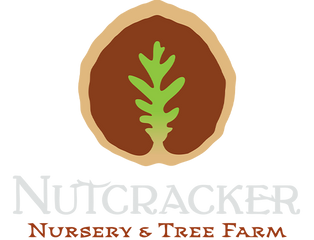MEADER grafted persimmon
Shipping calculated at checkout
40 in stock
Need more? Contact us
Available only in spring 2026
🪴 Description and origin
- Botanical name: Diospyros virginiana ‘Meader’.
- This is a cultivar of the Virginia persimmon, selected in the United States (University of New Hampshire) by Elwyn Meader.
- Deciduous fruit tree, used for ornamental and fruit production.
📏 Main characteristics
- Mature height: typically 20-26 ft (or even up to ~32-33 ft in good conditions) depending on the source.
- Width: ~13-19 ft or more depending on space.
- Habit: rounded to slightly upright, fairly open branching.
- Fruit: small to medium size (~3-5 cm depending on source); deep orange skin when ripe.
- Taste: sweet flesh after ripening (“overripeness”), notes of vanilla or rum according to some descriptions.
- Pollination: Self-fertile: a single tree is sufficient for production.
- Hardiness: Very good cold resistance (USDA zones 4 to 5 depending on source) – suitable for cold climates.
☀️ Exposure & soil
- Ideal exposure: Full sun (or at least good light) for a good yield.
- Soil: Well-drained but tolerates some variability. Prefers deep, low-lime soil.
- Care: Low maintenance once established, tolerates even moderate drought conditions once well rooted.
🗓️ Harvesting & use of fruit
- Harvesting: The fruit ripens in autumn (mid-September to October depending on the climate); it must be eaten when fully ripe/overripe (soft flesh) to lose its astringency.
- Uses: Fresh fruit, or for drying, jams, desserts.
✅ Advantages & ⚠️ Points to watch out for
- Advantages:
- Highly hardy; suitable for cold regions.
- Self-fertile, which simplifies production.
- Good productivity.
- Ornamental value (foliage, fruit, shape).
- Points to watch:
- The fruit must be very ripe/overripe before consumption; otherwise, it will be very astringent.
- Space required: as it is a fairly large tree when mature, allow enough space.
- Although it tolerates a variety of soils, poor drainage or very calcareous soil can be detrimental.
🛠️ Planting and care tips
- Plant in the fall or early spring in a well-prepared hole.
- Water well during the first year to help the roots establish themselves.
- Mulch around the tree to retain moisture and limit weeds.
- Prune lightly only to shape or remove dead wood.
- Over the years, limit the shade cast on the tree to maintain good fruit production.



